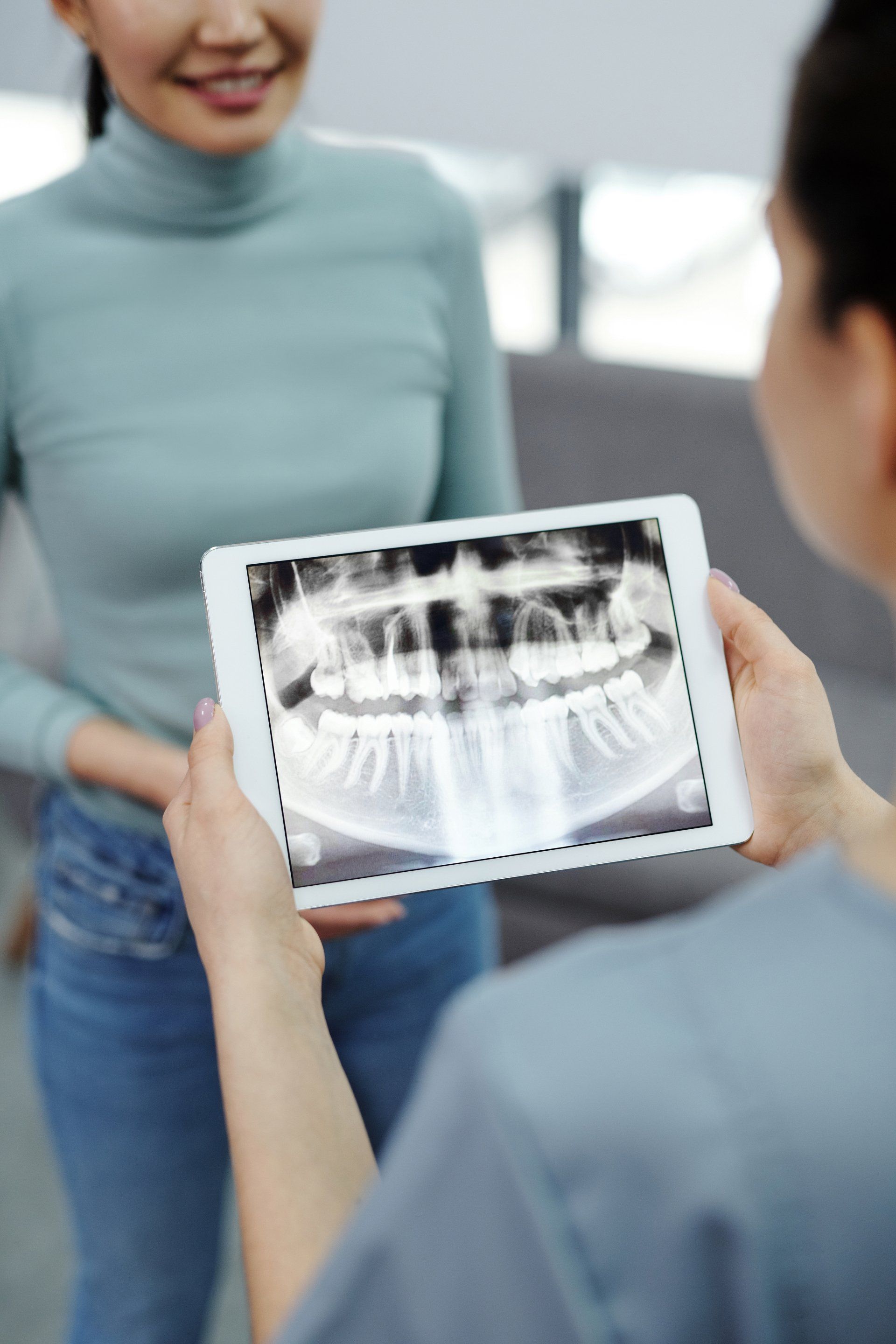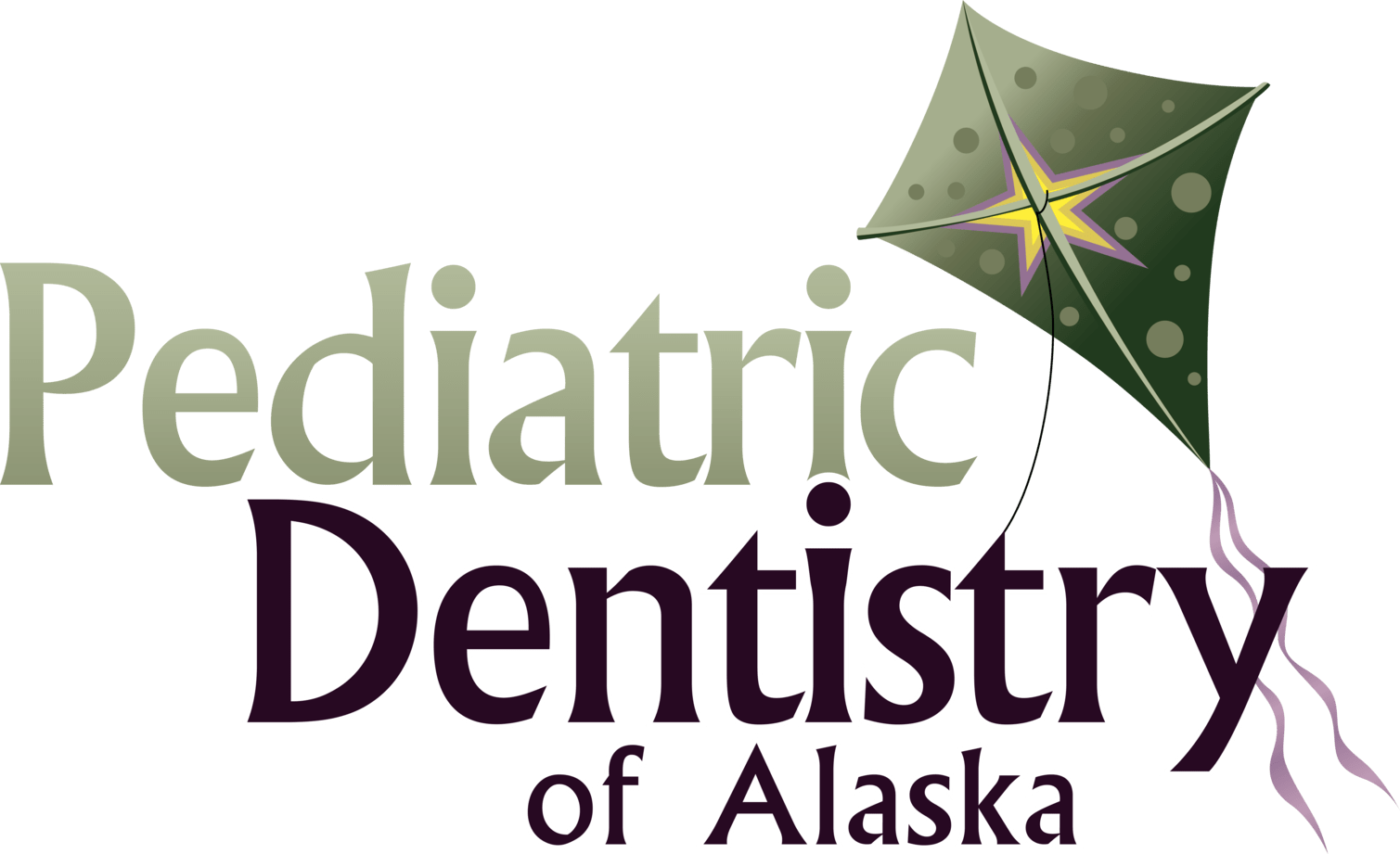Alaskan Pediatric Dentist
We understand that trying to find a nearby pediatric dentist you can trust is difficult, that is why we make it easy for you to work with us.
Wasilla
(907) 373-8684
3470 E Meridian Park Loop, Wasilla, Alaska, 99654
Palmer
(907) 745-8684
12039 E Maple Springs Way, Suite C, Palmer, Alaska, 99645
Advanced Dental Technology Near You
Dental technology has introduced innovative advancements over the last few years, making dental appointments quicker and much more thorough. Some of the laborious tasks of dentistry have been simplified and the process for several of these duties has proven more efficient.
Technology has already altered our everyday lives at home and in the workplace, making it only a matter of time until modern developments change how routine dental appointments are performed.. Here are the pieces of technology we have in our office.

Slide title
-
Digital X-Rays
Introduced in 1987, nearly 90 years after traditional x-rays came to fruition, digital radiography combined the power of computer technology with electric sensors and tiny bursts of radiation. Rather than printing the results on film, images form almost as soon as the sensors are placed in our mouths, projecting on a computer screen. Digital x-ray technology does demand additional training for dentists, though the majority of practitioners are adamant that the advantages are worth the commitment. Today, a lot of dental offices only offer digital x-rays because, in multiple ways, it is the superior option to traditional radiography.
- Less Radiation | Digital x-rays reduce radiation by approximately 70%, which is a big deal! Our office affirms the standards of ALARA to utilize as minimal radiation as needed. We are proud to offer digital radiography to help with that.
- More secure storage | Digital x-rays provide increased security for patients in regards to their privacy. They can be stored on computers protected by passwords and firewalls.
- Improved Image Quality | Digital x-ray images produce a better resolution than their traditional counterparts. Also, old-fashioned x-rays can only project images in 25 various shades, whereas a digital image can reveal up to 256 shades of gray. Digital radiography also has the advantage of accessing more angles within our mouths, providing a streamlined view of an entire oral structure. With the assistance of computer programs, dentists can even enhance the digital images further, for a focused view.
- Less Expensive | Digital x-rays will generally cost less than the traditional alternative because the cost of film to develop images for the latter adds up. In contrast, digital x-ray imaging projects right onto our computer.
-
Dental Laser
Diode Laser | The diode laser is useful for procedures that involve soft tissues. It can be used for treating periodontal disease, and even for teeth whitening. It is a tool that offers a wide array of clinical treatment possibilities and is capable of great precision thanks to its portability and touchscreen controls. It has been shown to be helpful in treating challenging periodontal conditions while providing rapid healing and reduced swelling. We use the dental laser for frenectomy procedures as well.
With two locations in the valley, we are your local pediatric dentist with an office near you!
Making kids smile, one tooth at a time
Request A Dental Appointment For Your Child
We look forward to seeing you and your child soon!
We will do our best to accommodate your schedule.
Regarding insurance, we accept most major dental insurance plans including Medicaid and Denali KidCare. We are also in-network with many insurance plans. As a courtesy to all of our patients, we take care of the claim filing and processing, and will do our best to help you understand your insurance benefits.
Wasilla
(907) 373-8684
3470 E Meridian Park Loop, Wasilla, Alaska, 99654
Palmer
(907) 745-8684
12039 E Maple Springs Way, Suite C, Palmer, Alaska, 99645
All Rights Reserved | Pediatric Dentistry of Alaska
All Rights Reserved | Pediatric Dentistry of Alaska
Pediatric Dentist Website Diagnosed, Treated, and Cured by Dr. Marketing Inc
